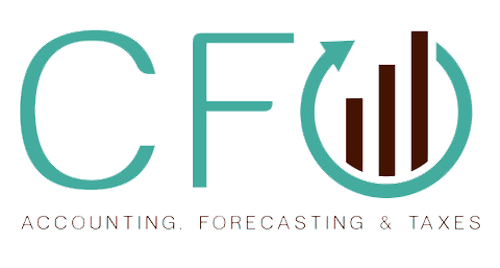Lean canvas – a new way to do business planning
Few business owners have extra time to devote to a lengthy business planning process. But every entrepreneur needs a solid blueprint to get their business successfully up and running. The Lean Canvas—designed by Sparks59 CEO and Running Lean author, Ash Maurya—is a simple, effective planning tool that helps entrepreneurs assess and test their ideas before investing too deeply in building a product.
For the small business owner, the Lean Canvas is an ideal “bare bones” business plan template—a one pager that can easily be updated and meaningful action taken for greater success.
How to use a Lean Canvas
An adaptation of Alexander Osterwalder’s Business Model Canvas, the Lean Canvas provides entrepreneurs with a quick visual sketch of their ideas via a simple nine block matrix. What makes this online planning tool so useful is it gets entrepreneurs thinking, up front, about one of the biggest obstacles facing every start up: risk.
Maurya’s goal was to build a planning tool that was “as actionable as possible while staying entrepreneur-focused.” Many business owners love using the Lean Canvas because it can be adapted for a number of purposes—for drafting a basic business plan, evaluating business models, or even identifying new revenue streams.
What’s unique about Lean Canvas
The main idea behind the Lean Canvas was to craft a tool that could actually increase an entrepreneur’s chances for success, by deeply considering its purpose: the actual problem it will solve.
Unfortunately the reason many start ups fail is because they are focused on a big idea: the solution. The product is built before its market viability is adequately researched and tested.
With a Lean Canvas you’ll focus first and foremost on the problem, then list your customer segments, unique value proposition, revenue streams, and key metrics. Finally, you’ll define your “unfair advantage”.
Although recognizing any advantage can be tough for new business owners, understanding how your company stands out is key to your long-term success. An unfair advantage can be many things—for instance, it might be your loyal customer base, or an enviable talent pool.
As you complete your Lean Canvas—whether you’re drafting a business plan or using it as a “testing lab” for your latest start up—think about how you can nurture and protect your unique advantage, so you always have an edge on your competitors.
Final thoughts
Although a Lean Canvas isn’t a substitute or short cut for the kind of detailed business plan a lender will want to see before approving a business loan, it can serve your business well as a starting point.
Some business owners begin with a Lean Canvas just to record their ideas, then expand them into a longer plan. Others use the Lean Canvas as a quarterly planning tool, or to communicate their updated mid-year outlook.
The beauty of the Lean Canvas is it’s free to sign up—and how you use it to serve your small business is entirely up to you.

